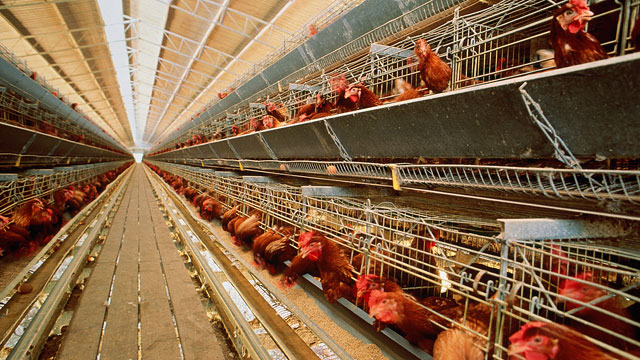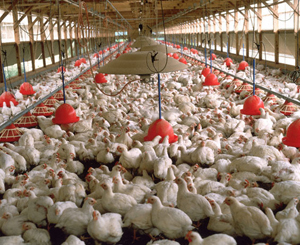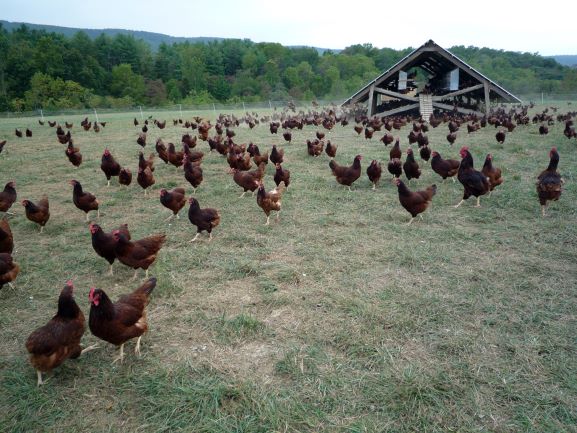What’s The Difference?
During my last several trips to the grocery store, I was surprised to see cartons of brown eggs in the dairy section. We used to have brown eggs when I was a kid, but it had been decades since I had seen them, let alone eaten them.
My instincts suggested that brown eggs were better environmentally or at least better for the chickens. I had no facts to back this up, so I thought I should do some modest research.
The answer is, as it is to most questions,”Yes” and ”No”.
The egg color difference is attributable solely to the color of the chicken. Hens with white feathers and white earlobes lay white eggs. Hens with red or brown feathers with matching-colored earlobes lay brown eggs. This is per the Egg Nutrition Center, so the source is probably reliable.
It is generally accepted that there is no difference in taste, although there has been some different results in some taste tests. And it is generally accepted that there is no difference in nutritional value.
So what’s the big deal?
The color of the egg is not a big deal. What is a big deal is the life a chicken leads while producing eggs, and the food the chicken eats to keep producing.
If you’re a city person, you might have an idyllic view of a chicken’s life on the farm. I, for one, have this mental picture of chickens roaming around the farm, pecking away at the seeds strewn about the ground.

Eggs, though, are produced in literal egg factories. Chickens are caged and stacked on shelves from floor to ceiling, doing nothing but eating and laying eggs. Most of them never see the light of day.
I don’t know why I am writing about this, since I don’t even like to think about it. I love eating eggs and will eat as many as my cholesterol will allow. I’d rather not think about what a chicken has to go through to produce those eggs for me.
It is possible to buy eggs that are not produced this way.
One alternative is ”free range” or ”free roaming” eggs. But don’t be misled, since these labels are a bit overstated. The U.S. Department of Agriculture regulations permit a producer to describe eggs this way if ”the poultry has been allowed access to the outside”. So, if the hen house has a door and it is open from time to time, then the chickens are ”free roaming”. And, it really doesn’t matter how big the range is.
”Free farmed” is a bit more accurate. The term has been trademarked by the American Humane Association. Eggs can be so described if the farm complies with AHA standards, both at the initial inspection and annual certifications.

Cage free is more loosely defined. It is a label any farmer can use, I suppose, as long as the chickens are not kept in cages.
Note: The chickens in the photo on the left are “cage free”. If the door is kept open, then they are “free roaming”.
The second distinguishing feature is the food the chicken eats while laying eggs. This is the ”organic” egg!
Chickens and their eggs are certified as organic if they have been raised without the use of most synthetic pesticides and fertilizers, antibiotics, and generic engineering, irradiation, sewage sludge, and artificial ingredients. Organic animals must eat 100% organic feed that does not contain any of the animal byproducts or growth hormones. If you are interest in following up, look at the Consumers Union Guide to Environmental Labels and its detailed description of eco-labeling.
There is in fact a variety of organizations, each with its own definition of organic. My most recently-purchased carton of eggs contained the “organic” label, certified by Quality Assurance International.
One of the nice side-benefits of the internet is that it has provided an avenue for small egg producers to compete with the large corporate producers. A smaller, specialty producer can accept higher costs and lower yields, with free farmed or free range chickens, by reaching consumers directly through the internet. If you type “free range eggs” or the like on your browser, you will be linked to several farm websites.

Here is one example. [2019 update: I had a link to this site in 2005, but didn’t find it in 2019.] And check out their description of the barn:
”Our hens are housed in state of the art cage-free barns. Our hens have free run of the barns and also have ample roosting and scratch space available. When conditions are suitable the hens have access to the outdoors. Our hens lay their eggs in nests that resemble small houses with red curtains to give them privacy for laying.”
Sounds like nice work if you can get it.
Of course this still doesn’t answer our brown egg vs. white egg dilemma. I suspect that a higher percentage of those red-feathered birds have access to organic, free range farms than their white feathered sisters. But you need to go beyond the color of the egg, learn a little bit about the product labeling, and make your purchasing decisions from there.
